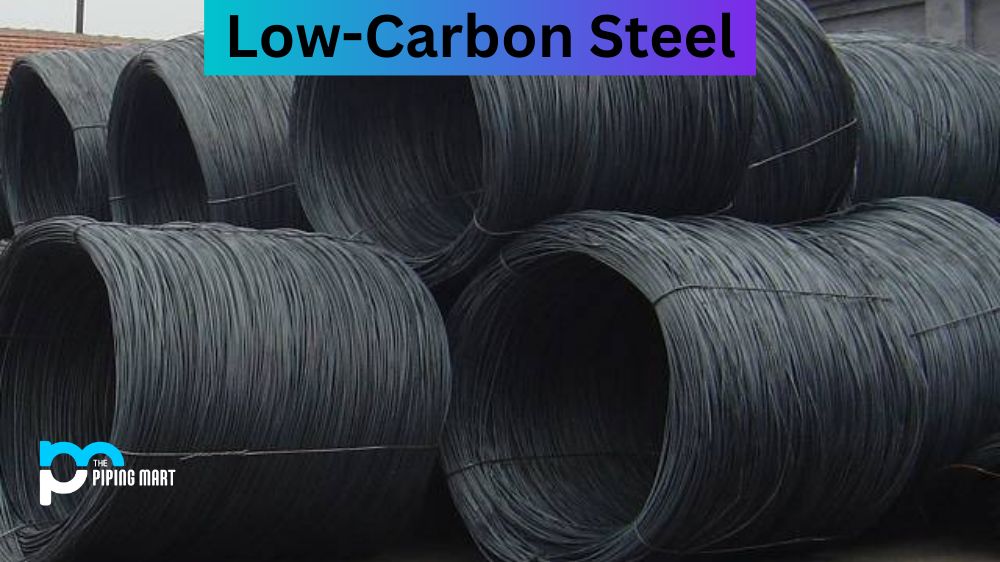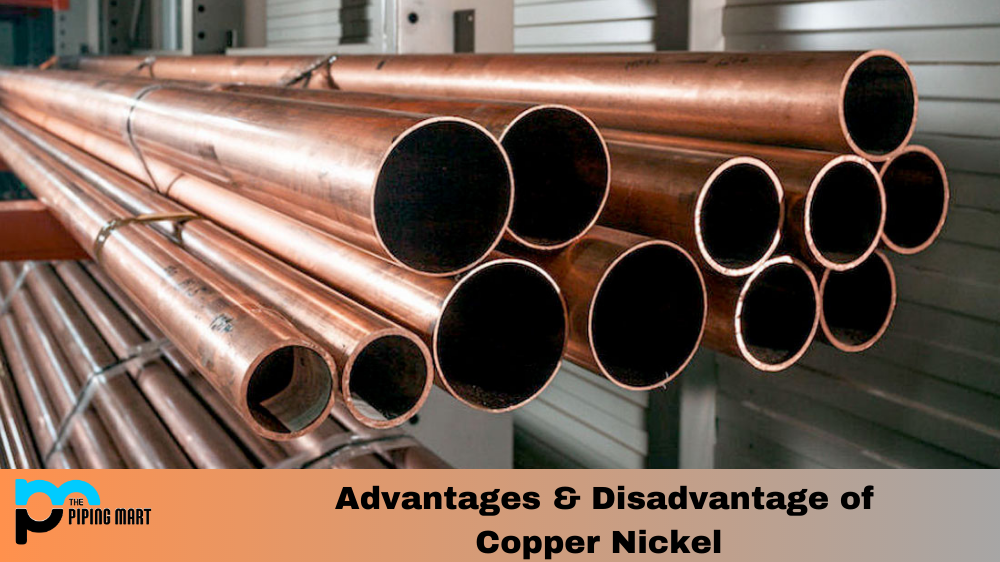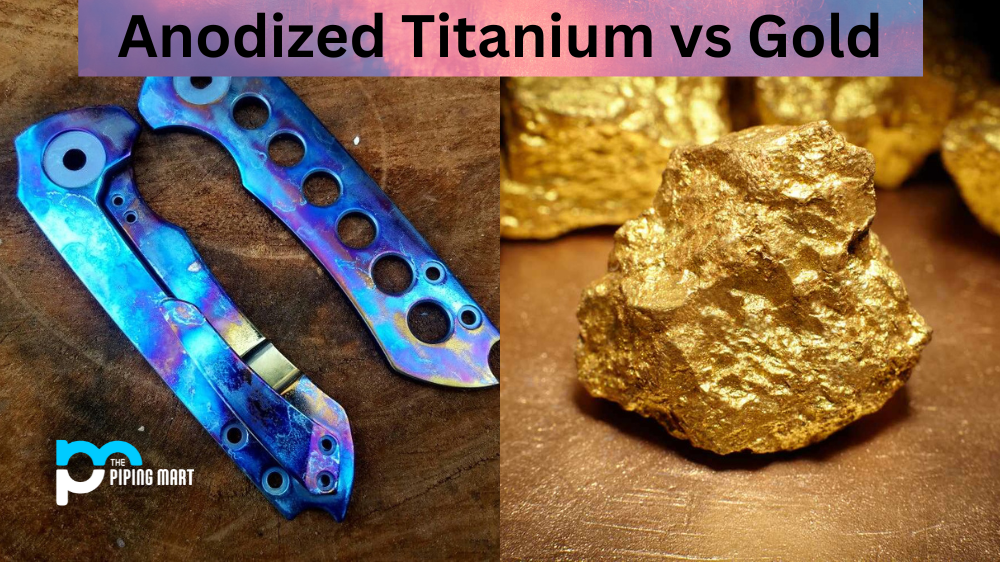Low-carbon steel is one of the most useful and versatile materials on the market. It’s used in a wide variety of industries, from automotive to aerospace to construction. Understanding the basics of low-carbon steel—what it is, what it’s used for, and its various types—can help you make more informed decisions about your next project. Let’s dive in!
What Is Low Carbon Steel?
Low-carbon steel is an alloy made up of iron and carbon with a small amount (less than 0.3%) of other elements, such as manganese and silicon. The resulting material has a tensile strength range of 400-550 MPa. It is strong yet malleable, which makes it ideal for many different applications.
Low Carbon Steel Properties
Low carbon steel is a type of steel that contains up to 0.3% carbon. It is a relatively soft and ductile metal that is easy to form and shape. Low carbon steel is often used in applications such as structural supports and wires due to its malleability and weldability. It has a low strength–to– weight ratio and is less resistant to corrosion than higher carbon steels. Low carbon steel is also often used for welding and fabrication due to its ability to be shaped and machined.
Low-temperature carbon steel has been developed specifically for use in temperatures below -150°C (-238°F). This type of steel is designed to remain ductile and tough even at extreme temperatures, making it perfect for use in cryogenic systems or other cold environments. It’s also less prone to embrittlement or cracking compared to other types of carbon steel, which makes it a cost-effective alternative for many industries.
Low Carbon Steel Uses
Low-carbon steel has an array of uses across many different industries. Some common uses include Automotive parts like engines, transmissions, and drive shafts; aerospace components like landing gear struts; structural components like bridges; electrical transmission lines; and architectural components like doors, windows, balconies, staircases, and more. Its malleable nature also makes it ideal for cutting tools used in metalworking or woodworking projects.
Conclusion
In summary, low-carbon steel is an incredibly versatile material that can be used for all sorts of applications in both industrial and consumer settings. Not only does it have great tensile strength, but its malleability makes it easy to work with and customize for any project you have in mind. Whether you’re looking for a cost-effective alternative to high-carbon steels or need something that can withstand extreme temperatures without cracking or embrittlement, low-temperature carbon steels are worth considering!
Meet Heer, a dynamic and driven writer learning tricks of her trade in the metal industry. With a background in Digital Marketing, Heer brings a unique perspective to her writing, sharing valuable insights. Apart from blogging she like reading and hiking.




